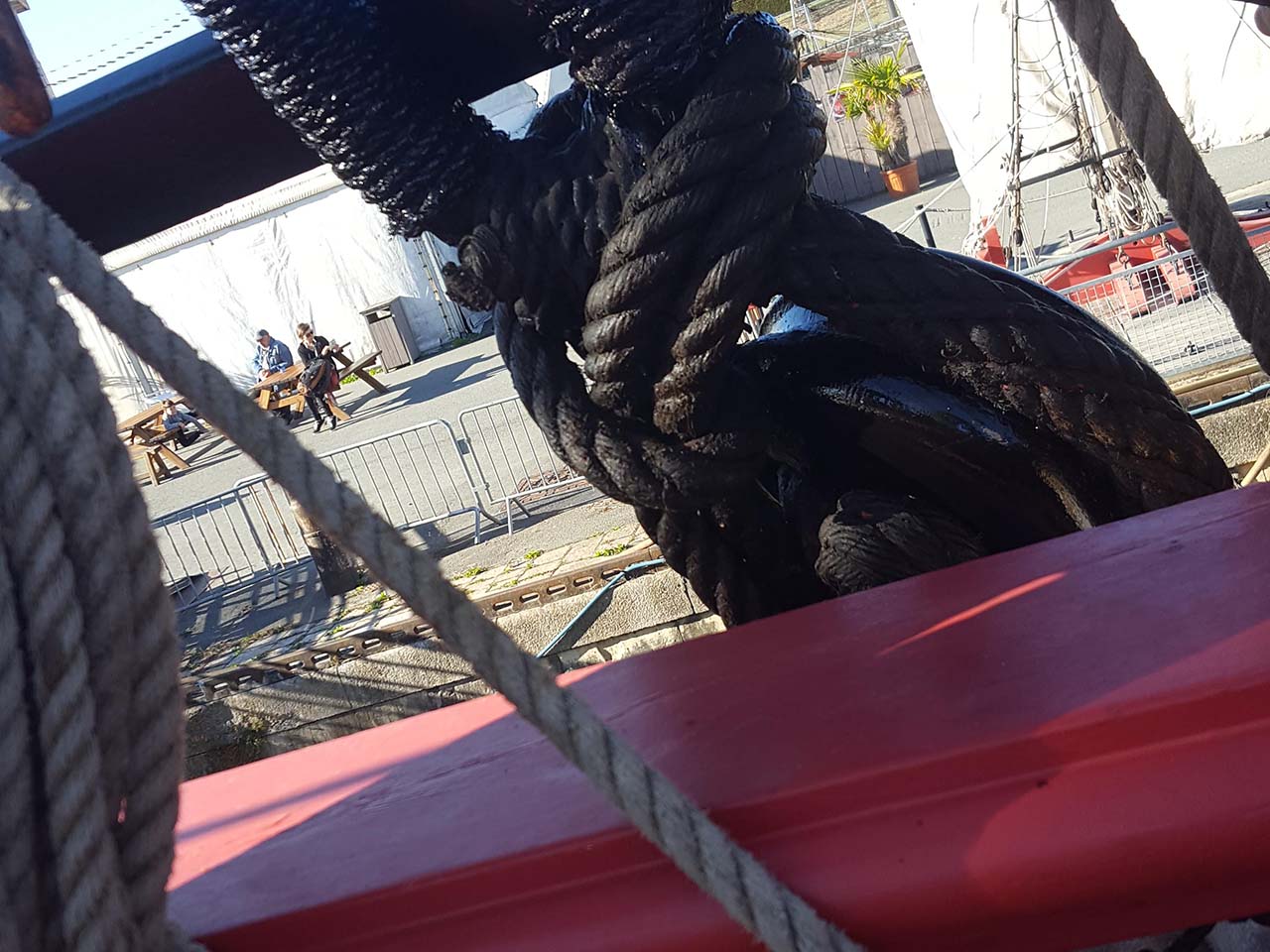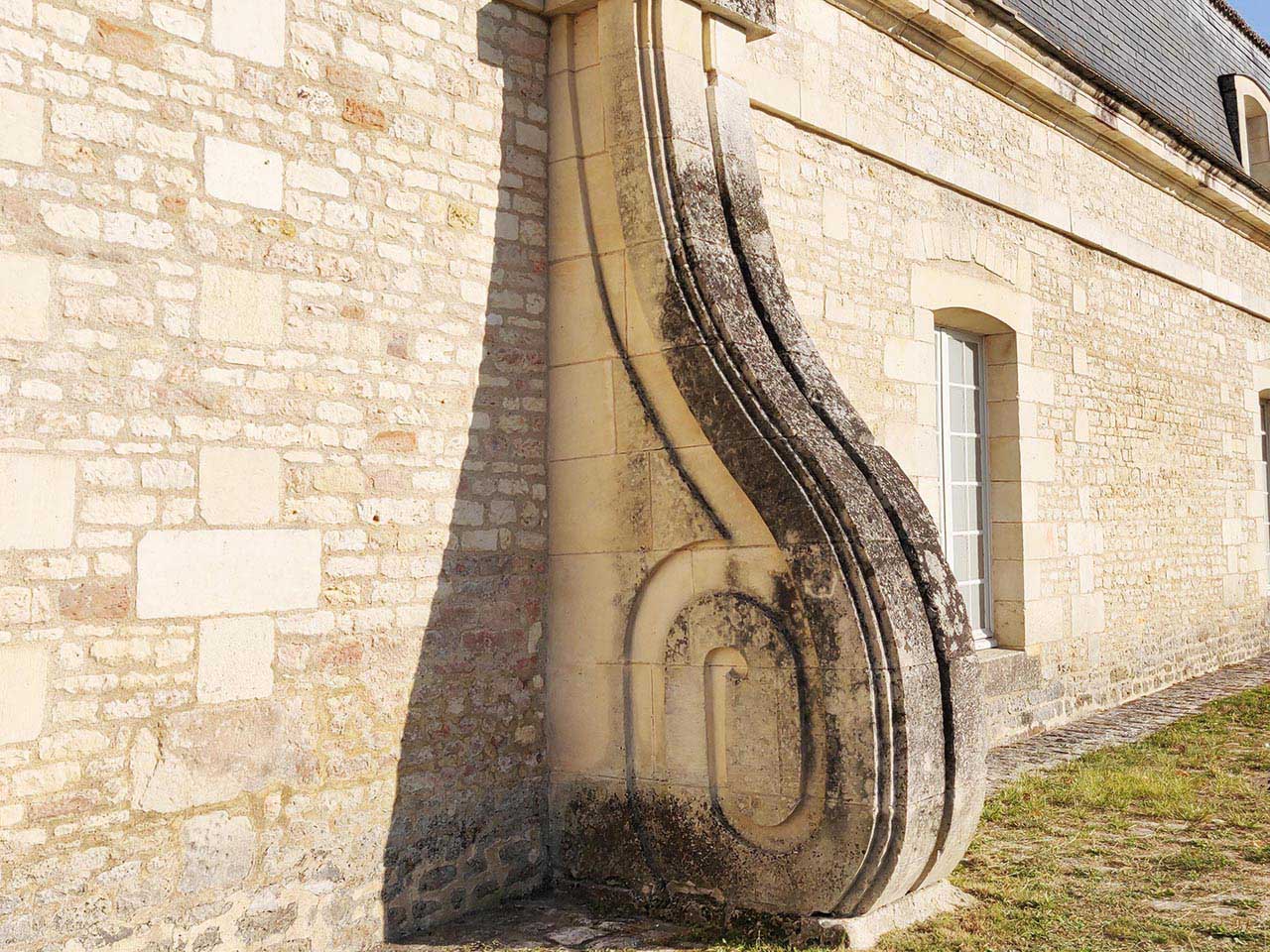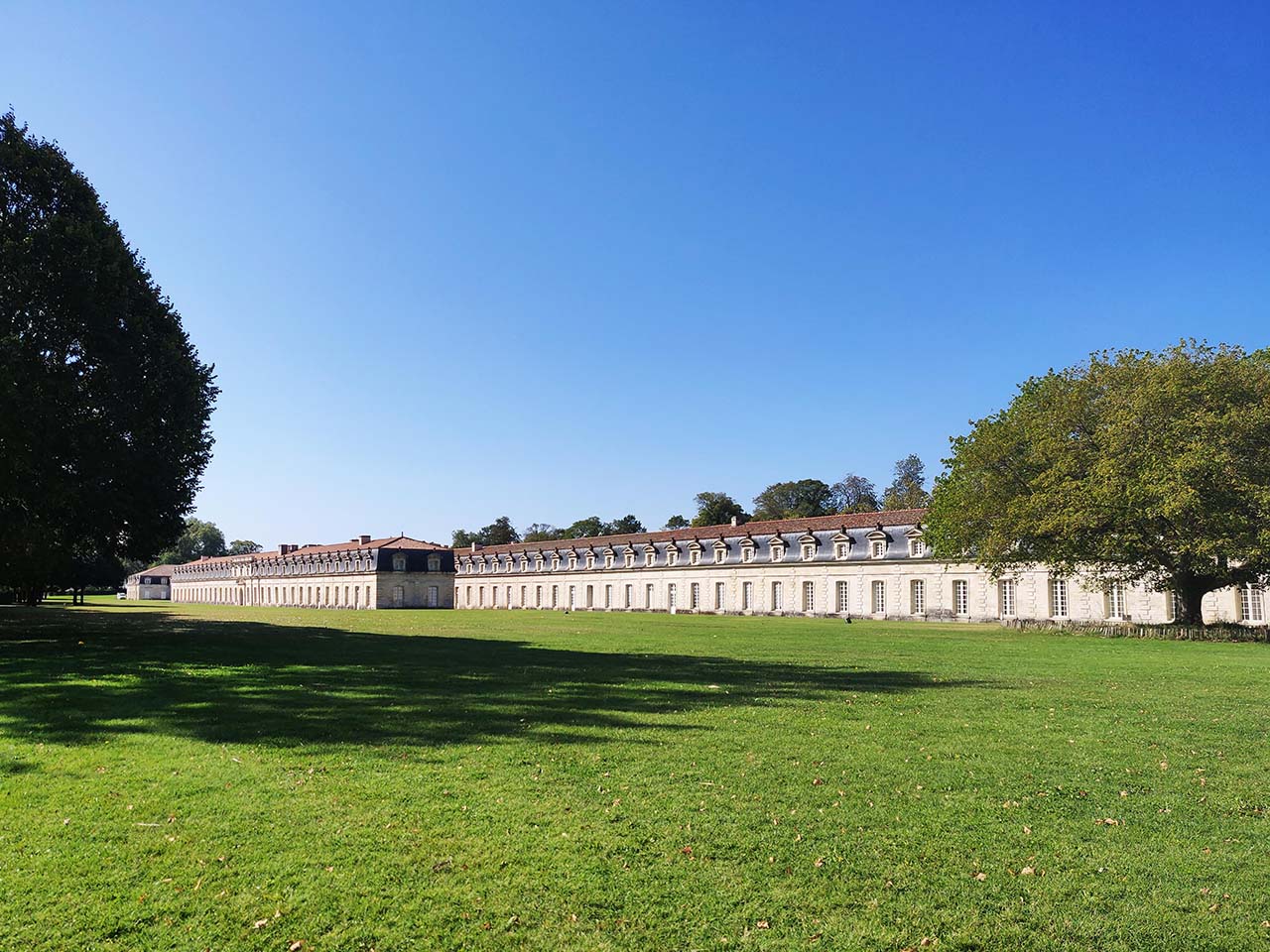Use of public money : A modern evil? Let's focus on the Royal Ropery
Did you know that? It is longer than the Eiffel Tower is tall.... 374 meters against 324 meters for the famous tower!
With its 374 metres long, the Royal Ropery of Rochefort is a real architectural curiosity. Until the 20th century, the Corderie Royale remained the longest industrial building in Europe!
The Royal Ropery, built between 1666 and 1669, supplied the Navy and its ships with ropes during three centuries! Since the very early begining, the choice of site was extremely controversial !
It is part of a complex called an arsenal, a kind of large centre for the construction, repair and equipment for warships.
WHY such a long building for the royal ropery?
At the time of its construction, the longest rope on a ship measured about 195 m; it was called "encablure". This one had to be made in one single piece in order to be as solid as possible.
The ropes were made from hemp. After passing through the hands of the combers, the hemp was spun to form the "caret", the main basic element of the ropes. The "Carets" were then "twisted" to form the ropes if the ships.
Committing: this is what we call the technique of making ropes. It consists in joining several strands together by twisting.
As a result, this torsional phenomenon automatically reduces the length. And not that just a little bit..... we're going to lose a third of the initial length!
The manufacturing workshop had to be 370 m long to leave 195 m of rope length after twisting, hence the large dimensions of the Royal Rochefort Ropery.
Then the ropes were soaked in a tar bath to increase their resistance and protect them from weather conditions.

The incredible construction site of the royal ropery in Rochefort
You can guess it was not easy!
The reason for the complexity of things: the field. We are on the banks of the Charente, on a soil made up of a layer of mud nearly thirty metres thick, sometimes flooded with about sixty centimetres of water during high tides.
Before the construction of the building itself, it was necessary to establish a solid floor made up of a wooden grid made of oak pieces. It was only when the floor was finished that the construction really began, using limestone from the quarries nearby : Crazannes. In order not to destabilize this "floating building", the construction was done in a symmetrical way, the passage to the upper level only taking place when the two wall sections had reached the same level.
We have to wonder what could have happened in their minds to validate such a project:
- on an unhealthy and muddy ground
- it doesn't matter, we'll make a wooden pattern grid and the whole thing will "float" in the mud
- the tidal current didn't even go up to there, so we had to tow the boats
- it's okay, we'll just have to get convicts to pull the boats, it'll cost less!
- but the depth of the water does not allow to arm the warships on the site....
- It's okay, we'll arm them later downstream where the waterdraft will be better!
- yes, but what about wood-eating insects (those that nibble on wooden masts)?
- Well, we'll make mast-pits to soak them and make them more resistant after soaking, that's all!
Finally, after more than 3 years of work, the construction was completed in June 1669.
For nearly 200 years, the ropery was used to make the ropes for the Royal Navy grand ships.

Well... So WHY did they finally choose to built the ropery in Rochefort????
Well, that's it... Colbert de Terron was the cousin of a pretty high-ranking guy in those days, wasn't he?! Have you heard about Colbert? He was something as the right arm of the king Louis the XIVth and has undertaken a lot of reforms for public finances and laws... He is extremly famous.
And we still don't really know where the Two Seas Canal will end (Canal du Midi)... And then the siege and especially the resistance of the Protestant resistant bastion of La Rochelle had left a bitter taste in the mouths of the French kings and they wanted to do something grandiose not too far away to show the power of the king... So after all, why not!
So let's go and build something colossal ex-nihilo to show what we're capable of!
Finally, after more than 3 years of work, the construction was completed in June 1669.
For nearly 200 years, the building was used to make the ropes for the Royal Navy.
The end of the royal ropery
It will not resist after the advancement of steel cables and steam. The ropery came to an end in 1862. Reassigned for many purposes, it has definitively been shut down when the Rochefort Arsenal closed in 1927.
The royal ropery illustrates by its decorations, the grandeur and power of Louis XIV in the 17th century.
Abandoned, forgotten in this military space forbidden to the public, the Royal Ropery was set on fire in 1944 by German troops...
Without the investment of Admiral Dupont, who had it classified as a Historical Monument, it could have been destroyed!
The renewal of the Royal Ropery in Rochefort
Renovated in the 1970s, the Corderie Royale, a place of life and exchange, has been reuniting with tenants since the 1980s... North pavilion, there is the Chamber of Commerce. One of the oldest tenants of the Corderie Royale is the Conservatoire du Littoral , an organization dedicated to the protection of the French coastline. The League for the Protection of Birds (LPO) was established in 1977 and has been there for more than 20 years. Over the past 10 years, it has moved its headquarters to the Royal Foundries, 500 metres away.
Of course, there is a beautiful museum area to learn more about the history and manufacture of ropes for the Royal Navy. On your way out, you will discover the Librairie Maritime, one of the most important bookshops in France, considered as a reference for works related to the universe and maritime heritage.

And yes if you are interested in or if you plan a cruise ship call in La Rochelle,
I also offer some daytrips to Rochefort to chill along the Charente river banks or admire the elegant facades of the ropery
or even try to see the Hermione... The replica of La Fayette's frigate !
Terms & Conditions
Report